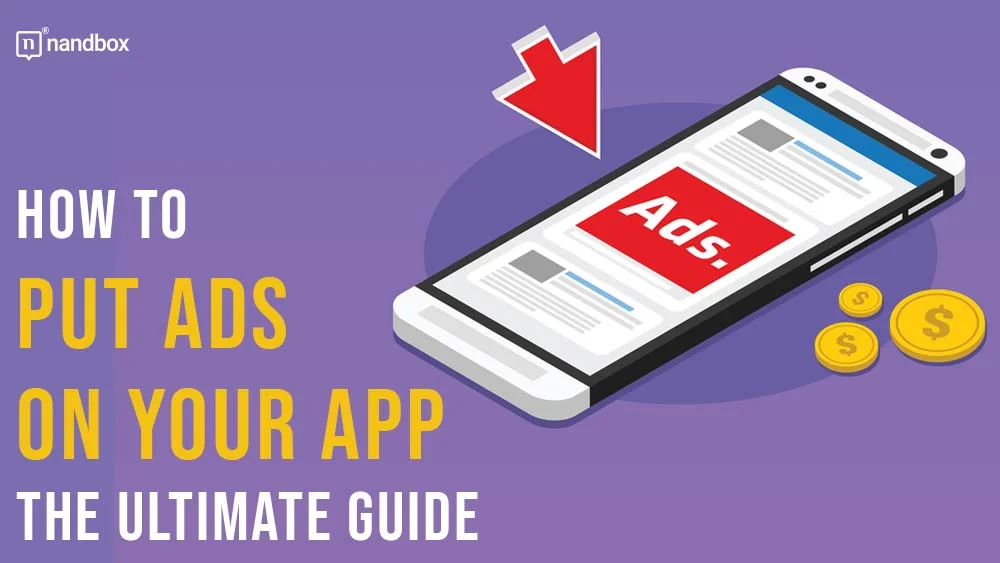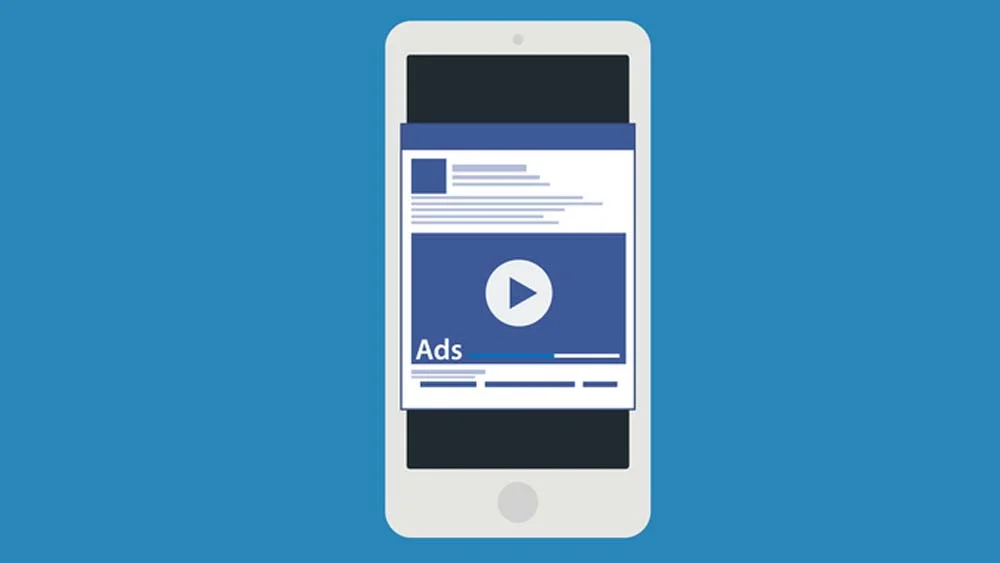Unveiling Different Methods on How to Put Ads on Your App
In today’s digital landscape, app monetization is something that is of essence. It has become a main concern for both developers and entrepreneurs. That is because apps are now adding a huge value to our lives. For that reason, finding effective strategies to generate revenue is a crucial endeavor. That is because the current app market burgeons with millions of offerings across various platforms. Integrating ads into applications is a crucial part of this goal, and it requires careful execution and preparation. That is why, in this guide, we will unveil different methods for how to put ads on your app and monetize it efficiently.
This in-depth analysis delves into the many different approaches that are accessible for incorporating advertisements into your mobile app. The possibilities are practically endless when it comes to advertising, from the tried-and-true banner ad to more modern forms of native advertising and immersive video placements, each with its own set of pros and cons. To optimize the user experience and engagement while navigating the challenges of revenue, developers must first untangle the nuances of ad placement.
How to Put Ads on Your App? Understanding App Monetization
App monetization is the application of several tactics and techniques to generate money or revenue from mobile applications. To fully grasp app monetization, one must be familiar with the many tools and platforms through which app owners and developers can generate revenue. Some examples of this strategy include selling user data, advertising, in-app purchases, subscription models, and advertisements. When choosing a method of monetization, developers should think about things like the app’s niche, market demand, and user experience.
Optimizing monetization efforts and boosting income potential also require understanding user behavior and preferences. For sustained success, it’s crucial to find a happy medium between making money and keeping users happy and engaged. Successful app monetization, in the end, involves constant testing, review, and adjustment to meet changing user demands and market trends. Developers may improve their monetization tactics and generate sustained income from their mobile apps by keeping up with industry best practices and using analytics tools.
The Many Benefits of Adding Ads to Your App
Both the creation of money and the quality of the user experience can be improved by incorporating advertisements into a mobile application, which offers a number of advantages to app creators and owners:
- Revenue Generation: For many app developers, ads are the bread and butter, delivering a constant flow of income to cover development and maintenance expenses. Developers can monetize their work through ad networks in a number of ways, including clicks, impressions, and conversions.
- Diversified Monetization: In addition to in-app sales and subscriptions, advertisements offer a multitude of different ways to generate revenue. Possessing several sources of income not only increases one’s financial security but also reduces their dependency on any one particular source.
- Cost-Free Access: Users can enjoy ad-supported apps without spending a dime, which makes them more accessible and promotes their wider adoption. A larger audience and more prospective users will be able to enjoy the app’s useful features and content without having to pay for them in advance.
- Increased Engagement: Promos and content of advertisements that are both relevant and timely, when well-integrated, can increase user engagement. To get users to stay in the app longer and come back more often, interactive ads like rewarded videos or playable ads can give them incentives or rewards for participating.
Additional Advantages to Adding Ads to Your App
There are other benefits and advantages that you can gain other than the ones mentioned above; Each digital marketing platform gives you different benefits and advantages; here is a list of them:
- Market Research Opportunities: Data analytics made possible by ads provide interesting facts about demographics, interests, and behavior. Ad performance metrics provide developers with valuable information that can be used to improve the app’s content, functionality, and user experience.
- Monetization Flexibility: When it comes to the design and user experience of their app, developers have the ability to select from a wide range of ad formats, locations, and frequency options depending on their preferences. With the help of this modification, developers are able to strike a balance between their revenue goals and the satisfaction of their users.
- Support for Non-Paying Users: It is possible for developers to generate revenue from users who are not likely to make purchases within the app or subscribe to premium services by using advertisements. Developers have the ability to optimize revenue potential while also maintaining inclusivity and accessibility if they cater to both users who are subscribed and are paying and users who are not.
Ad-supported apps have the potential to establish a sustainable revenue model that generates steady income over time. When properly optimized and managed, advertisements have the potential to serve as a dependable source of revenue that may fund the continued development and innovation of mobile applications.
How to Put Ads on Your App? Three Main Methods and Tools For Your Knowledge
There are three main methods that you can learn in order to know how to put ads on your app. They are easy and will only require you to focus on the following paragraphs in order to have a full understanding of the three of them. Putting ads in your app and integrating them provides you with many benefits, as I’ve mentioned above.
Including revenue generation, diversified monetization, cost-free access for users, increased engagement, market research opportunities, monetization flexibility, support for non-paying users, and a sustainable revenue model. In order to gain all of these benefits, here’s how you can start:
Google AdMob: The Most Popular Tool for Advertisement Integration
Google AdMob is a mobile advertising platform that enables app developers to monetize their mobile applications by seamlessly integrating various types of ads. AdMob offers a wide range of ad formats, including banners, interstitials, rewarded videos, and native ads, enabling developers to choose the most suitable ad types for their apps.
With AdMob, developers can easily manage their ad inventory, track ad performance metrics, and optimize ad placements to maximize revenue and user engagement. The platform provides robust targeting options, allowing developers to deliver personalized and relevant ads to users based on factors such as demographics, interests, and user behavior.
AdMob also offers mediation capabilities, enabling developers to integrate multiple ad networks and demand sources to maximize fill rates and revenue potential. By leveraging Google’s vast network of advertisers and advanced ad-serving technology, AdMob helps developers effectively monetize their apps while delivering a positive user experience.
Google AdSense: A Google Tool For Integrating Ads Into Websites
Google AdSense is a well-known advertising platform that enables website owners, app developers, and content creators to monetize their digital assets by displaying targeted ads. It functions as a contextual advertising network, matching ads to the content of websites or apps based on factors such as keywords, user demographics, and browsing history.
Text, display, video, and native ads are just some of the ad types that are available with AdSense. This provides publishers with the freedom to integrate advertisements in a seamless manner into their digital domains. By becoming a member of AdSense, publishers are able to have access to a wide network of advertisers that are competing for ad space. This can lead to increased ad revenue as well as increased options for monetization.
It is possible for publishers to measure ad impressions, clicks, and revenues with the assistance of the platform, which provides extensive performance statistics and analytics tools. This enables publishers to adjust ad placement and content strategy in order to achieve better results. Understanding Google AdSense bid types is crucial for publishers who are interested in monetizing their online presence and maximizing their revenue potential through targeted advertising.
User Experiences and Interfaces Are of the Essence
Enhancing the user experience with well-crafted user interfaces can greatly improve the integration of ads within apps. Ensuring a smooth and user-friendly interface helps ads seamlessly integrate with the app, minimizing interruptions and boosting user interaction. Developers can create a seamless user experience by considering factors like ad placement, size, and relevance to the app content.
This integration ensures that ads do not affect usability or distract from the app’s core functionality. Moreover, clear labeling and subtle ad formats contribute to establishing trust with users and promoting acceptance of advertising in the app environment. In the end, a good user experience leads to longer app usage, better user loyalty, and increased ad interaction, which ultimately boosts revenue for app developers.
Wrapping It Up!
The importance that lies in knowing how to put ads on your app is one that no one should neglect. Especially if you’re aspiring to develop your own app and monetize it to generate respectable revenue from it. Leveraging the power of the tools mentioned above to your advantage will help you gain a lot of insights regarding ad integration in apps.
If it is your wish to develop your own app and empower your business to flourish greatly, nandbox can be the perfect solution for you. This is a native no-code app builder that can help you create and build an app efficiently through a simple drag-and-drop interface. You can build the perfect app and monetize it effectively with nandbox’s app builder. Sign up now and don’t miss the chance to have the most powerful app in today’s busy app market!






